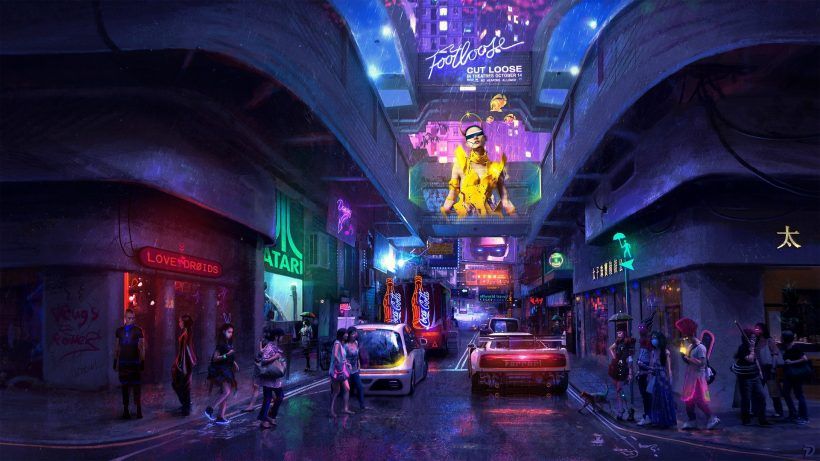What do the Matrix, The Lord of The Rings and Harry Potter have in common? Although these three movies may seem completely different, the truth is that they are more similar than what you might think: in all of them there is a “common” person that goes through different challenges in an epic adventure that will completely change his life.
And it is that this structure, called the hero’s journey, is very successful, which is why it is present in a large number of movies, series, books and even advertising campaigns. People feel attracted towards those stories that inspire us, that show us how someone overcomes challenges and achieves their objectives.
Within the storytelling world there are different formulas for telling stories that attract attention, and the hero’s journey is one of the most used, thanks to the connection that manages to create with the public.
What is the hero’s journey?
The hero’s journey is a literary concept in which the narrative structure unfolds around a hero, who leaves his everyday life to embark on an adventure, returning from it with a transformation or reward.
This term was popularized by Joseph Campbell in 1949, because in his book “The hero of the thousand faces”, the author analyzes the narrative pattern of popular stories, to conclude that those stories that transcend have something in common: a hero.
This scheme, although quite simple, is very effective to tell all kinds of stories as it has the ability to generate feelings in the audience, which is why its effectiveness in a digital marketing strategy can be quite high.
One of the best examples of the hero’s journey applied to a personal brand is Steve Jobs: a man who worked for a big company and had great ideas, leaves his comfort zone and decides to start his own business: Apple.
His partners end up taking him out of his own company and this challenge drives him to keep innovating with other businesses, until in a twist of life he returns to Apple and with his talent turns it into one of the most innovative and successful companies in the industry. This example shows how this narrative structure can be used successfully in different settings.
The 12 steps of the hero’s journey.
The narrative structure of the hero’s journey could be summarized in three main stages: the departure, when the hero leaves behind his everyday world; the initiation, which happens when he begins to venture into an unknown world, and the return; which takes place when the hero comes back to his everyday world with the lessons and rewards of his journey.
However, to make this storytelling something deeper and more exciting, there are 12 steps that the hero must go through and that are of vital importance for the development of the story:
- The ordinary world: Here is where the life of the hero is presented, his daily life before starting his adventure.
- The call to adventure: A person or situation representing a challenge or problem presents itself into the life of the hero, here we learn who the hero is and we empathize with his perspective of life.
- Refusal of the call: The hero refuses the adventure or challenge imposed on him because he does not want to leave the comfort of his everyday life.
- Meeting the mentor: A person full of wisdom appears in the life of the hero who helps him to prepare to face his challenge with the necessary knowledge.
- Crossing the threshold: The hero takes the decision of facing his challenge and risks leaving what is known.
- Tests and dangers: In this stage, the hero is already out of his comfort zone and faces the challenges and obstacles that test him in different ways.
- The approach: Here is where the hero starts to get ready for his hardest challenge and begins to understand what he must do or who he must trust.
- The Ordeal: The hero reaches a point where he must use all his abilities and experience to overcome his greatest challenge.
- Reward: After being victorious, the hero emerges from the great test as a wiser and stranger person, there he receives a reward for his bravery.
- The road back: The hero returns to his home with his reward, but must face one final battle to not lose it.
- Resurrection: At this point the hero has one last battle that, when winning it, makes him have a change in perspective before his life.
- The return: In the end the hero returns to his everyday life with the reward, the learnings and knowledge that allow him to have a new life.
The hero’s journey and your personal brand
Your Personal brand or business can use the hero’s journey to communicate with its audience in a deeper way, because this narrative structure allows people to generate an emotional connection with what they are hearing.
Thanks to this literary resource it is possible to develop a whole content strategy that is based on showing yourself or your product or service, as an example of improvement and an element that will be essential to satisfy the need that your consumer has.






